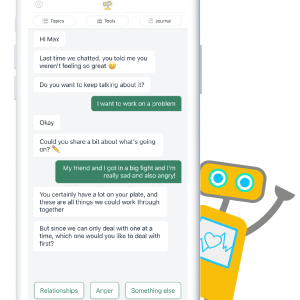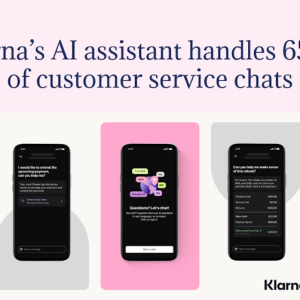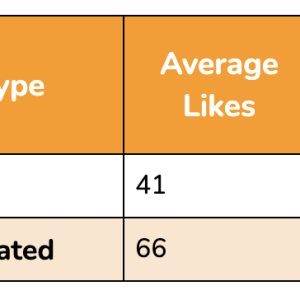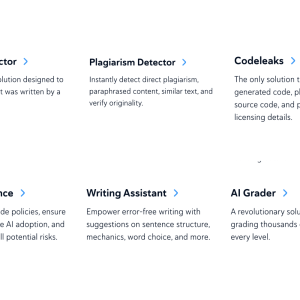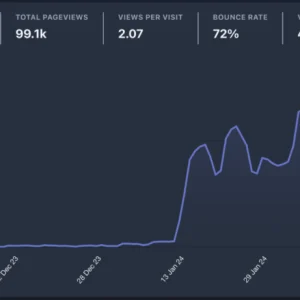In today’s fast-paced digital landscape, businesses are constantly seeking innovative strategies to stay ahead of the competition and maximize their growth potential. One such groundbreaking tool that has taken the business world by storm is OpenAI’s ChatGPT. This AI-powered language model has revolutionized the way businesses interact with their customers, providing a seamless and personalized chat experience. But did you know that ChatGPT has some surprising statistics and facts that can help businesses boost their operations? In this article, we will explore some eye-opening insights about ChatGPT and how businesses can leverage its capabilities to enhance customer engagement, drive sales, and ultimately propel their business to new heights.
- AI Operations Management: The Role Every Business Needs NOW
- From Podcasts to Blogs: The Best AI Tools for Podcasters
- Murf AI Review: Voiceover Technology that Delivers on its Promise
- The Future of Marketing: 14 AI Tools You Need to Use
- How To Use ChatGPT To Make Money: 13 Opportunities To Grab Right Now!
What can we learn from ChatGPT statistics? After its viral launch saw over 1 million users flocking to the ChatGPT app within the first week of it being live, you might think artificial intelligence taking over the world isn’t such a far-fetched idea after all.
You are viewing: Surprising ChatGPT Statistics And Facts to Help Boost Your Business
The truth is, ChatGPT stats show us there is a very real role for artificial intelligence to play in our society. For better or for worse, AI has evolved to the point where it is now an integral tool for businesses, entrepreneurs, and creators. If you’re not using it, you’re in the minority.
Looking for a ChatGPT alternative that offers advanced AI features to optimize your business?
ChatGPT may be all the rage these days, but those in the know recognize Jasper AI as the unsung hero behind successful small businesses.
If you’re looking for an AI assistant to boost your business, Jasper can do everything ChatGPT can and more. Plus, since Jasper was specifically built to help businesses, their interface is more marketing and sales-oriented than general-purpose like ChatGPT.
Now that we’ve got that cleared up let’s dive into some ChatGPT statistics and take a look at what it can do for you.
ChatGPT Statistics + Fun Facts
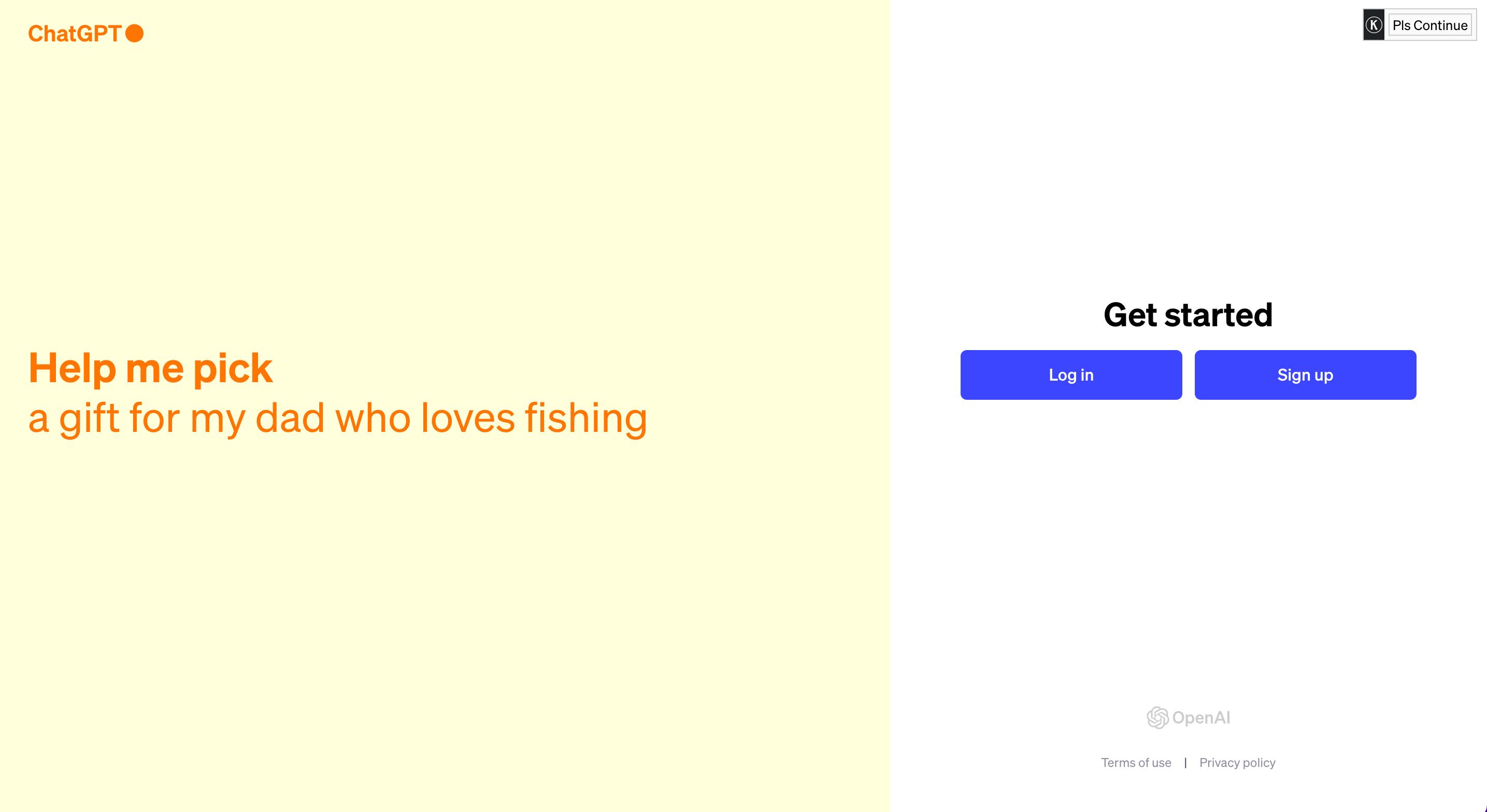
ChatGPT launched on November 30th, 2022, and it took them only 5 days to reach 1 million users. For context, it took Instagram 2 and a half months to get that kind of user and traffic growth, and Netflix over 3 years to gain 1 million users.
Within 2 months of their official launch, OpenAI (ChatGPT’s parent company) shared they had reached 100 million users. TikTok took 9 months to gain that many active users.

ChatGPT User Stats
- ChatGPT averages between 500 million to 1 billion monthly visitors
- Each user spends, on average, 8 and a half minutes on the website
- Most ChatGPT users are in the US
- Approximately 60% of ChatGPT users are male, with 40% being female
- The majority of active users are between 18-34
- It’s estimated that ChatGPT gets roughly 1 billion queries a day based on the number of active users
More ChatGPT Statistics
- ChatGPT’s revenue is on track to be close to $1 billion by the end of 2023
- Chat GPT’s parent company, OpenAI, is valued between $80-$90 billion
- 88% of ChatGPT’s traffic is direct traffic (meaning people are typing in ChatGPT into their search bar), and only about 4% comes from social media traffic
- ChatGPT is banned in 7 countries, including China and Russia
- The cost of running ChatGPT is approximately $700k a day
- The chatbot runs primarily in English but can reportedly understand 95 other languages—including coding languages like Python, C#, SQL, etc.
- GPT-3 was trained in approximately 34 days
- It takes over 3,500 Microsoft Azure supercomputers to run ChatGPT
- OpenAI expects to have over 1,000 employees by the end of its first 10 years of business
- The artificial intelligence market size is estimated to grow to $1.3 trillion by 2032
With so many ChatGPT users around the world, OpenAI has had their work cut out for them in terms of releasing new updates and features to keep their chatbot current.
In February 2023, ChatGPT users were introduced with the option to upgrade to ChatGPT Plus, which offers early access to updates, faster response times, and other benefits.
Subsequently, in March 2023, OpenAI released some major updates. For one, they launched the new and supposedly improved GPT-4. Additionally, the official ChatGPT API became available, as well as beta access to ChatGPT plugins, including the Canva and Code Interpreter plugins.
How Accurate is ChatGPT?
One of the things that allowed ChatGPT to be so successful is the fact that their large language model is actually the largest language model in the history of human artificial intelligence.
Quick Facts:
- OpenAI used reinforcement learning from human feedback to train ChatGPT
- The GPT-3 language model had 175 billion parameters
- GPT-4 boasts 1.76 trillion parameters based on an 8-model system with roughly 220 billion parameters each.
- It was trained on a dataset of 300 billion words, roughly 570GB in size.
- ChatGPT can’t actually access the Internet on its own (So ChatGPT can only provide answers based on the data it was trained on.)
- Data is limited to information available before September 2021
However, it was still able to pass the US medical exam with a 60% accuracy rate.
Additionally, the ChatGPT model uses natural language processing, which is meant to mimic the way that humans speak. As a result, roughly 53% of people can’t tell if something was written by AI.
See more : The Future of Data Science & Predictive Modeling
However, it’s not all good news. ChatGPT statistics show between March and June of 2023, GPT-4’s success rate when given a set of 500 math questions plummeted from 97.6% to just 2.4%. So, is it possible that over-training AI is causing it to… lose its mind?
At any rate, how accurate ChatGPT is depends on what you’re using it for. I’d probably still recommend seeing a doctor over asking an AI chatbot why your tummy hurts, but for things like content creation or even basic research, ChatGPT is invaluable.
Who Made ChatGPT?

ChatGPT is a language model developed and launched by an artificial intelligence startup company called OpenAI. However, there are also some more familiar names associated with the project.
Though OpenAI’s notoriety has surged since ChatGPT’s launch, prior to its release you likely never heard the name. Founded in 2015, the company is made up of both a nonprofit and for-profit subsidiary that both focus on researching and deploying artificial intelligence.
One name you probably have heard of that you may be surprised to learn was initially involved with the project is none other than Elon Musk. Elon Musk and the current OpenAI CEO, Sam Altman, served as the initial board members of the company back in 2015. However, in 2018, Musk stepped down from the board and sold his shares to Microsoft.
Since then, Microsoft invested $1 billion in 2019 and a further $10 billion in OpenAI in 2023 following the success of ChatGPT’s launch. Until that investment is paid off, Microsoft effectively owns a 49% stake in OpenAI—in other words, they are the man behind the curtain pulling the strings.
Fun Fact: Elon Musk helped found OpenAI with the idea of it being an open-source competitor to Google. Since ChatGPT launched, Google has raced to compete. They finally released their own AI chatbot, Bard, in March 2023 around the same time OpenAI released ChatGPT-4 and other major updates.
How Can You Use ChatGPT?
Currently, you can access ChatGPT for free, but the free version is limited to GPT 3.5. GPT-4 is only available to ChatGPT plus members, as is access to the numerous ChatGPT plugins.
If you’re new to using ChatGPT, take a look at our ChatGPT for Beginners guide.
Here are some of the ways ChatGPT can help boost your business:
Content Creation
Need a brainstorming buddy? Someone to help you tweak a few words here and there? Some extra help with research?
You might be surprised at how many ChatGPT users are bloggers and social media content creators leveraging the tool for that extra bit of inspiration.
- Brainstorm with ChatGPT
- Use ChatGPT to update content
- Use ChatGPT to write a blog post
- Email templates and email marketing
- You can even use ChatGPT to improve your SEO (Plus, ChatGPT can help with more specific SEO issues like mastering local SEO to boost your business)
- Boost social media traffic with fresh ideas (Check out our guide to ChatGPT for YouTubers)

Plus, thanks to the new Canva plugin, you can create social media posts with simple text prompts that look stunning.
Marketing/Sales
Did you know you can also use ChatGPT for sales?

Ultimately, sales come from good marketing. And you’d be hard-pressed to find a more diverse tool that can help with just about every aspect of marketing. ChatGPT statistics show that a high number of users are turning to the chatbot for everything from social media marketing to brand building.
See more : KoalaWriter Review: AI-Powered SEO Content At A Great Price?
Find out more about how to use ChatGPT for marketing.
Web Scraping/Research
If your business is data-driven, web scraping is an essential task that can be easily helped along by ChatGPT.
In a nutshell, web scraping is the process of collecting information or data from multiple sources across the web in order to gain a big picture of an issue.
Since ChatGPT is a natural language model, it can arguably perform web scraping tasks with better efficiency and effectiveness than other automated tools.
ChatGPT users can also leverage the tool for basic research. Generating the right kinds of research questions, summarizing information, and analyzing data are all tasks ChatGPT can help with.
Learn more about how to use ChatGPT for research.
Customer Service
It’s not difficult to train ChatGPT to understand your specific products, services, and brand approach. From there, you can use ChatGPT for customer support to ensure a consistent approach to customer service in your company.
It’s also helpful to use ChatGPT for things like formulating responses to specific queries or even as part of your customer service training process.

ChatGPT statistics show that big companies like Shopify, Meta, and Canva are already using ChatGPT for their customer service chatbots. If it’s good enough for them, it’s good enough for you.
Language Translation
Being able to offer multilingual support is a great way to set yourself apart from your competitors.

ChatGPT’s language model was trained in English but offers support for over 95 natural languages. ChatGPT can offer written translations as well as phonetic pronunciation tips.
Coding and Web Development
No, ChatGPT isn’t going to replace a web developer, but the chatbot was trained on the Internet. This means it picked up a few things here and there, including the ability to generate simple code snippets and help with basic web development.

Since ChatGPT can recognize Python computer programming language, Java, CSS, C++, SQL, and more, it’s a handy tool to have in your back pocket. In a pinch and within a budget, it’s great for helping get your website on the right track.
Check out these amazing ChatGPT success stories for more inspiration on what ChatGPT can do for you and your business.
ChatGPT Statistics in Conclusion
What ChatGPT statistics show us is that it has proven itself to be an invaluable tool for ChatGPT users around the world.
With so many applications in the real world, especially for small business owners, if you haven’t visited the ChatGPT website yet, why not try it?
That concludes the article: Surprising ChatGPT Statistics And Facts to Help Boost Your Business
I hope this article has provided you with valuable knowledge. If you find it useful, feel free to leave a comment and recommend our website!
Click here to read other interesting articles: AI
Source: apkguild.com
#Surprising #ChatGPT #Statistics #Facts #Boost #Business
Source: https://apkguild.com
Category: AI

